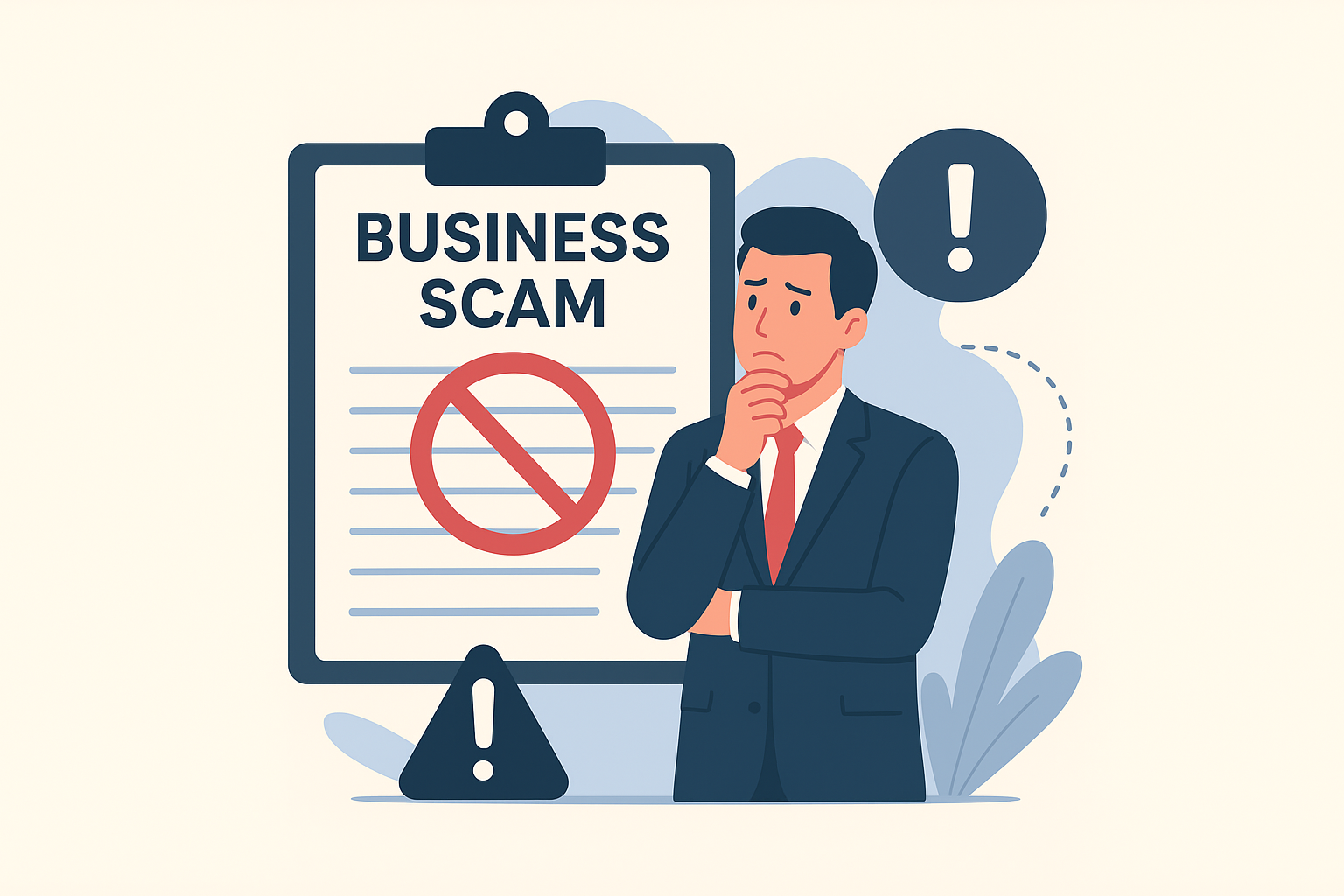HOME SECURITY
Guide to Buying Wholesale iPhones in Bulk
Buying iPhones in bulk can be one of the smartest moves for resellers, phone repair...
Learn More


![]() June 3, 2024
June 3, 2024
Tethering is the process of sharing your phone’s mobile data link with another computer, such as a laptop or tablet, and connecting it to the Internet through your phone’s data connection. On Android, there are many options for tethering.
Tethering comes in handy when you don’t have access to Wi-Fi but do have cellular data and want to do something on your computer rather than on your phone. However, you might be willing to pay a premium for convenience.
Also, Read: How Do You Fix Your Smartphone when you get Hacked?
This may or may not cost you money, depending on your carrier. Most major carriers in the United States charge extra for tethering. For more details about how much your carrier charges for tethering, go to their website. In the United States, a $20 tethering charge is not uncommon.
Installing and using a third-party tethering program, or unblocking Android’s built-in tethering functionality if you’re rooted, are two ways to get around these limitations. Your provider, on the other hand, may detect that you’re tethering anyway — they’ll be able to tell because web traffic from your desktop differs from web traffic from your phone — and may helpfully add a tethering package to your account, charging you the regular tethering charge. If you’re fortunate, they won’t notice; nevertheless, don’t be shocked if you’re charged a tethering payment.
Standard data limitations and charges apply, of course. And if your network doesn’t know you’re tethering, you’ll be subject to your plan’s usual penalties—extra costs or speed throttling—if you use 3GB of data a month between tethering and your normal mobile usage.
Finally, tethering depletes the battery quickly. When you’re not using tethering, you can turn it off to conserve power and extend the life of your Android phone’s battery.
Also, Read: How to Fix Black Screen on Android Phones?
We’ll go over how to use each form of tethering. Here’s how they stack up:
Wi-Fi Tethering: Wi-Fi tethering allows you to transform your phone into a mini-hotspot. It establishes a Wi-Fi network (smartphone tethering via WI-Fi) to which you can connect your device. It has reasonable speeds and allows you to connect several devices, but the battery will drain more quickly than if you used one of the options below.
Bluetooth tethering: It is slightly slower than Wi-Fi, but it consumes significantly less battery. Bluetooth tethering is limited to one unit at a time (smartphone tethering via Bluetooth). If you’re just trying to stretch your battery, it’s actually not worth it.
USB Tethering: USB tethering has the highest speeds, but you must use a USB cable to link your phone to your laptop. Since it will be powered by your computer’s USB port, your phone’s battery will not be depleted.

Smart Borrowing Online: The Dos and Don’ts You Need to Know
Nov 21, 2025

Mastering Multi-Unit Franchises: A Complete Guide for Aspiring Owners
Nov 20, 2025

Why Live Chat Support Makes Customer Assistance Faster and Easier
Nov 20, 2025

Holiday Marketing Trends: What Brands Need to Know for a Successful Season
Nov 19, 2025

How to Avoid Business Opportunity Scams Today
Nov 19, 2025